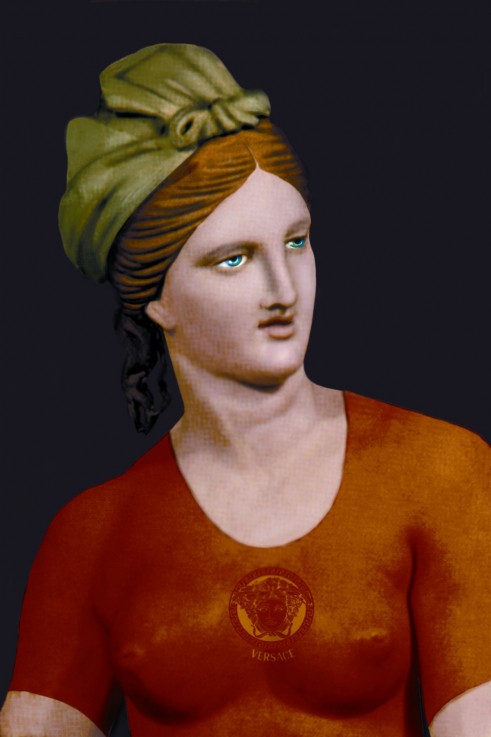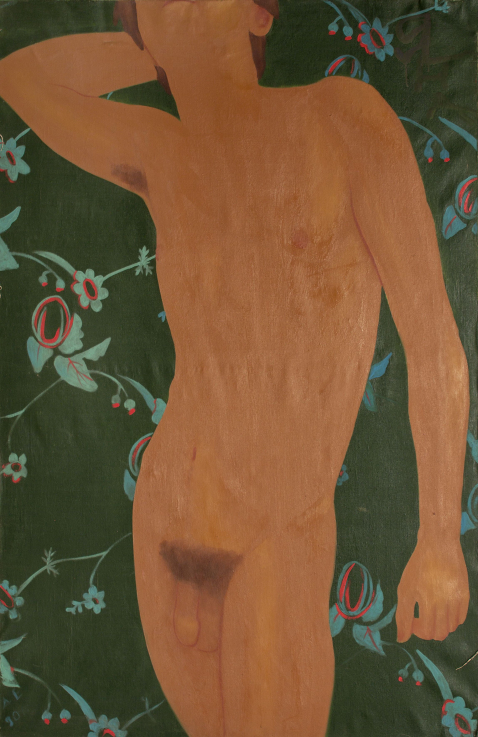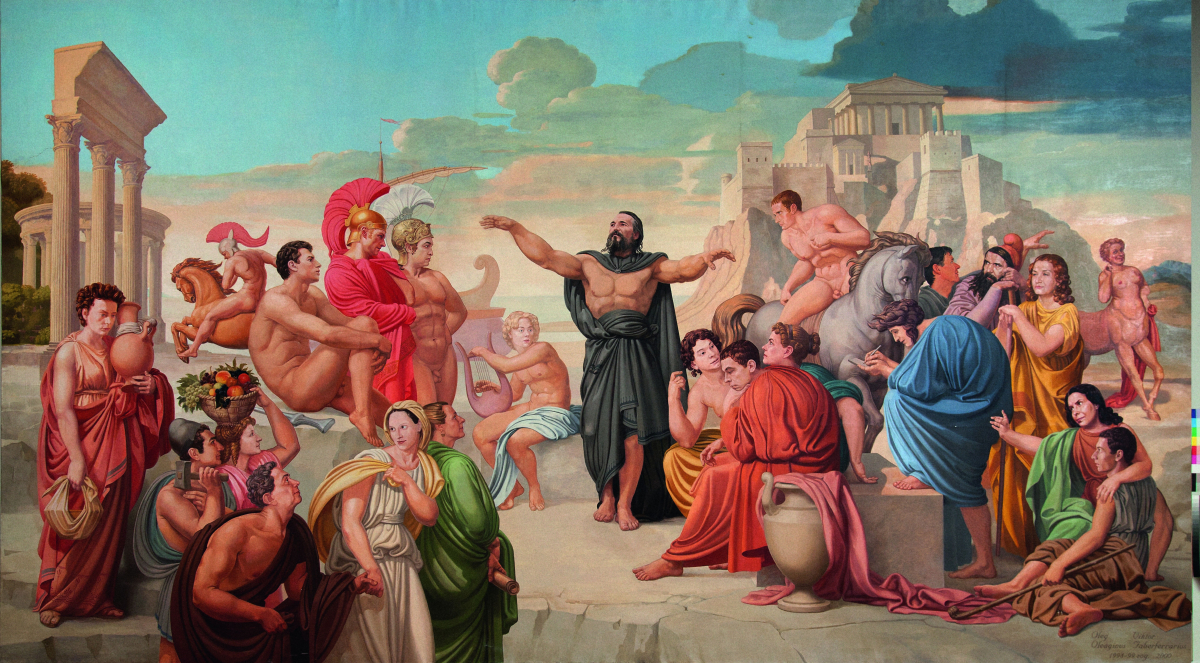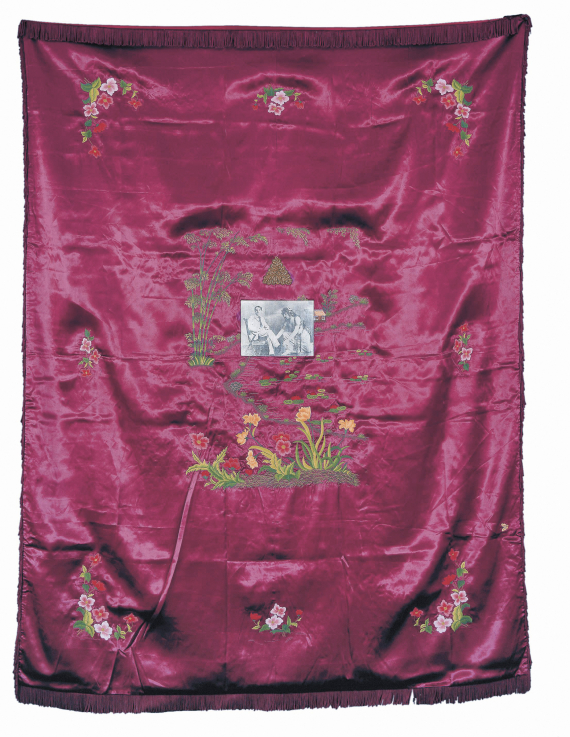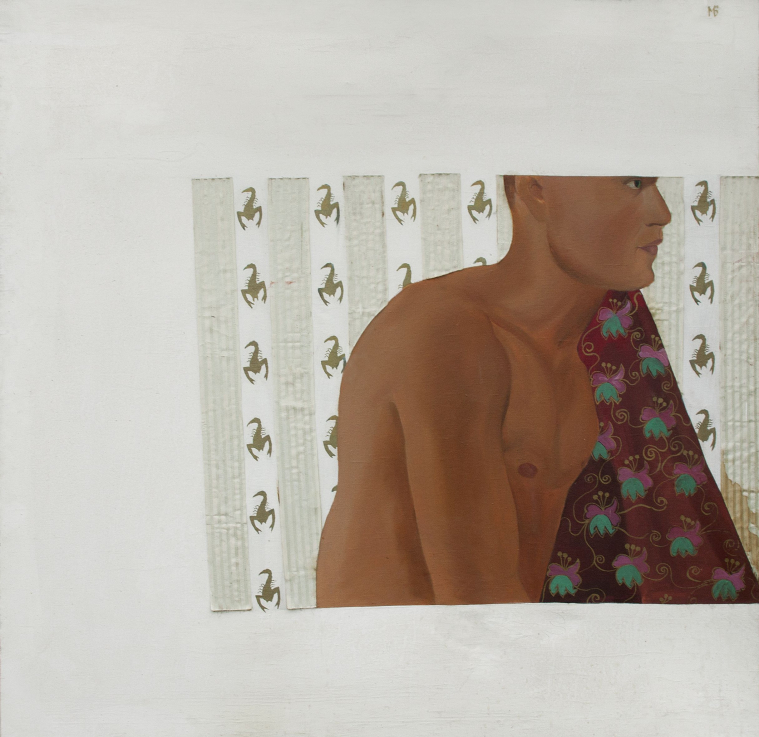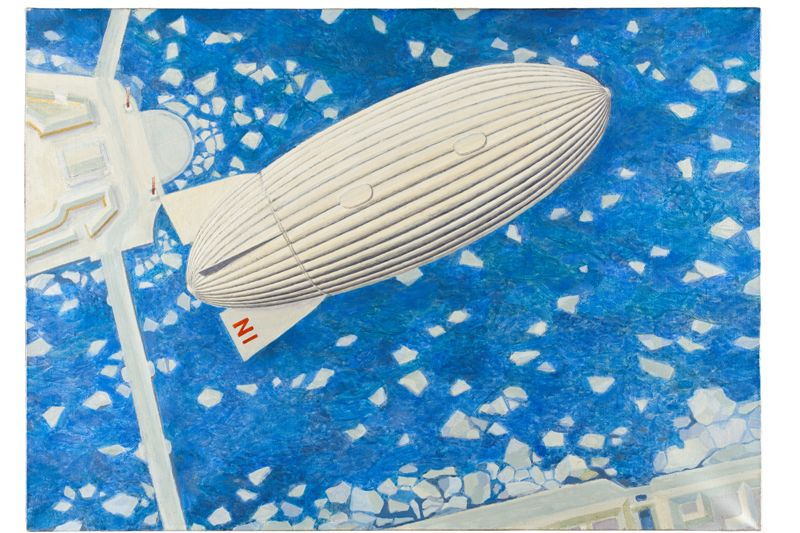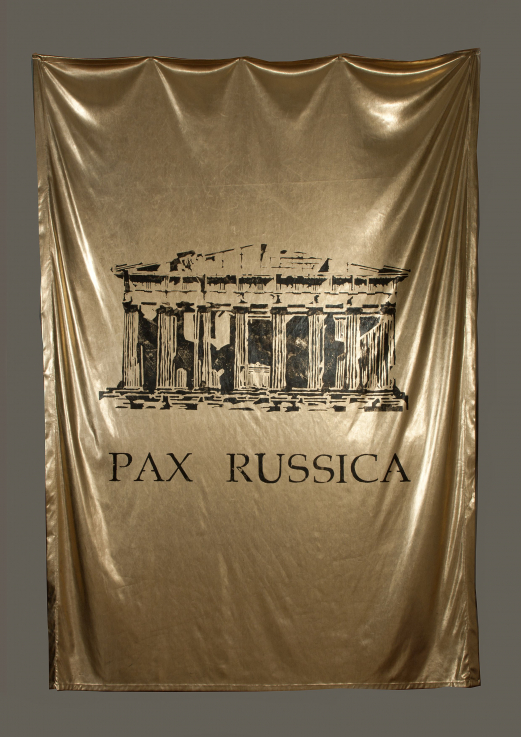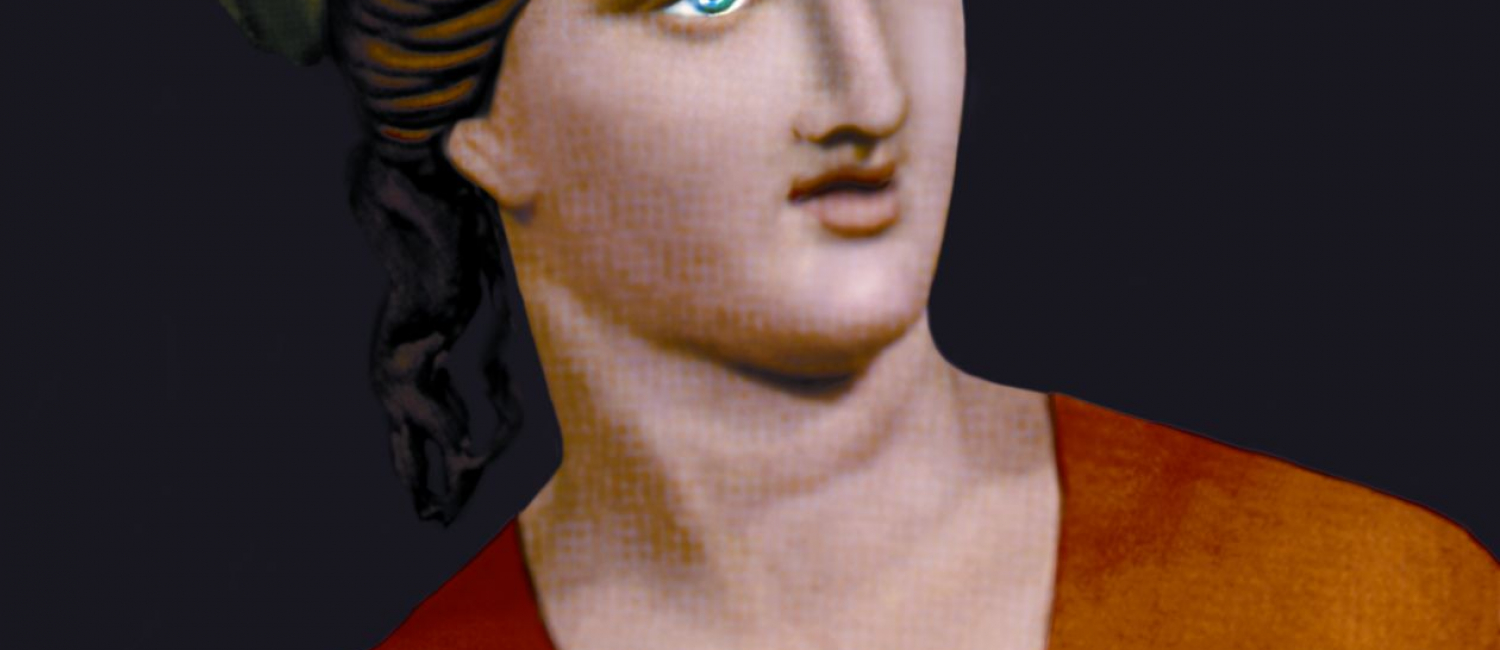July 10, 2015 - September 13, 2015
The exhibition Absolute Beauty - Neoacademism in Saint Petersburg at Ludwig Museum - Museum of Contemporary Art provides an overview of the history of "neoacademism", a tendency born in 1989 in the city that was then called Leningrad, from the earliest works to the tendency of "new seriousness" emerging in the late 1990's. The New Academy of Fine Arts aimed at the universal rehabilitation of the concept of beauty by using the aesthetic values and historical forms of Classicism completed with digital technologies offered by the new century. The show, encompassing works by more than 30 artists living mainly in Saint Petersburg and Moscow, and presenting more than 100 exhibits, offers an insight through painting, sculpture, graphic, photography, collage, video art and film into a most important chapter of contemporary Russian art scene that has become a symbol of the new, free-spirited post-Soviet Russia.
The last representative exhibition of the Russian avant-garde and contemporary scenes took place more than two decades ago in Hungary: the line began in 1988 with the exhibition Art and Revolution presenting the art of the period between 1910 and 1932, which was followed by Art Instead of Art - 7 Artists from Moscow in 1989, then, in 1990 by The New From Petersburg - Young Artists From Leningrad at Műcsarnok (Kunsthalle), Budapest. These exhibitions presented to the local audience the first time a theretofore largely unknown side of Russian art. The roots of "neoacademism" should be sought in the activity of the new generation emerging in the last days of the Soviet era and presented in the above mentioned exhibitions.
Infused with classicism and the artworks of the Hermitage, Leningrad's art scene was subverted in the early 1980's by the phenomenon of the group of New Artists, founded by Timur Novikov among others. Today considered as one of the milestones in contemporary Russian art, the community of New Artists propagated a novel philosophy of life and introduced the type of the "genius" artist, who regards the cultural scene as a whole. Free of dogmas, their nonconformist group was at once free of the official sphere as well as the alternative scene. Shot in 1987, the Russian cult film Assa in an excellent exploration of this cultural scene, showing the untameable power of this generation by experimental means which are contemporaneous with "Western" tendencies such as Figuration Libre. As a matter of fact, the group "had come into contact with the West" already before 1989 not only by the means of organising exhibitions in foreign countries, but through their actions realised together with Andy Warhol or John Cage among others.
This was the context in which Timur Novikov - with the contribution of Georgy Gurjanov, Denis Egelsky and Andrei Medvedev - founded in 1989 the New Academy of Fine Arts, where, opposed to the general cultural scene of the time, they placed the ideal of classical beauty in the centre. The rebellious behaviour of Novikov and his associates was in fact the rediscovery of the pre-modern period, in a sense the re-examination of tendencies that were considered "forbidden fruit" in the eyes of the contemporaneous experimental scene. In the words of Ekaterina Andreeva, co-curator of Absolute Beauty, Novikov spoke about the disaster that had befallen the European academies in the beginning of the 1990's, where artists had stopped "serving Apollo and the Muses", began instead building towers of Babel from TV sets as works of contemporary sculpture. The New Academy's approach was thus radically different from Moscow Conceptualists, who were interested in the critical deconstruction of the Soviet ideology. Novikov's holistic world view, however, confronted matters along an axis other than Soviet/anti-Soviet: the artists of the New Academy believed that in this form, art was not criticism but the creation of pure, energetic, happy paintings, and thus possesses the power to overcome the entropy that has overcome the society.
The emergence of the New Academy, the goals and works of the group generated fervent debates and misinterpretations for a long time, dividing not solely the Russian audience. In the meantime, neoacademism had created its own ideology and became a sort of culture and lifestyle with its own visual art, poetry, cinema, music, dance, and fashion. The artists also made vigorous use of the possibilities offered by new media. After the disintegration of the Soviet Union, the New Academy gained renown throughout the world, and among Novikov's interlocutors we find Nobel Prize winner poet Joseph Brodsky or art critic and essayist Edward Lucie-Smith. Several Western European conferences and art journals put the phenomenon of neoacademism on their front page. Although he went blind in 1997, Novikov remained the leader and an active participant of the group until his death in 2002. In his manifesto from 1991, formulating the principles of the still immature "new academism", he writes the followings: "They scout museums, ransack libraries, race around stadiums and droop in theatres like a gang of Pygmalions. They seek beauty. And there is still a lot of beauty left."
The exhibition on show at the Ludwig Museum provides a summary of the history of this "gang" and their ideas about art, exploring the still unfinished and sometimes contradictory history of a chapter of the contemporary Russian scene.
Curators of the Exhibition:
Ekaterina ANDREEVA, Andrei KHLOBYSTIN
Assistant Curator:
F. HORVÁTH Ágnes
Exhibiting artists:
Timur NOVIKOV | Denis EGELSKY | Bella MATVEEVA | Georgy GURJANOV | Viktor KUZNETSOV | Oleg MASLOV | Joulia STRAUSS | Yuris LESNIK | Vladislav MAMYSHEV-MONROE | Irena KUKSENAITE | TOBRELUTS | Vikenty DAV | Maxim POLESHCHUK | Lena TCHIBOR | Victoria UHALOVA | Nathalie JERNOVSKY | Aidan SALAKHOVA | Konstantin GONCHAROV | Alexey SOKOLOV | Andrei MEDVEDEV | Egor OSTROV | Stanislav MAKAROV | Ilya ARKHIPENKO | Mikhail ROZANOV | Alexey BELYAEV-GINTOVT | Anton GLIKIN | Irina SHUMITSKAYA | Andrei POPOV | Andrei KHLOBYSTIN | Daniel ARKHIPENKO | Andrius VENCLOVA | Ivan DMITRIEV
The exhibition was organized with the cooperation of UVG art gallery (Ekaterinburg – Budapest).
